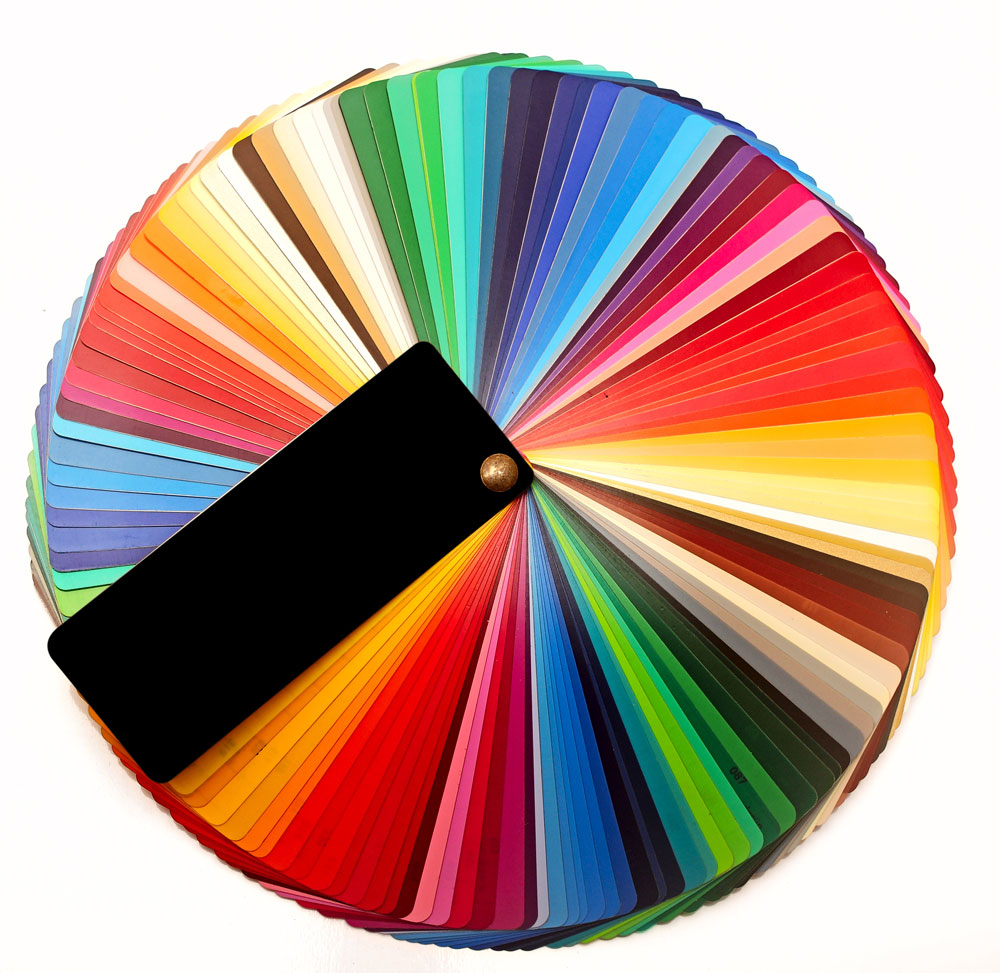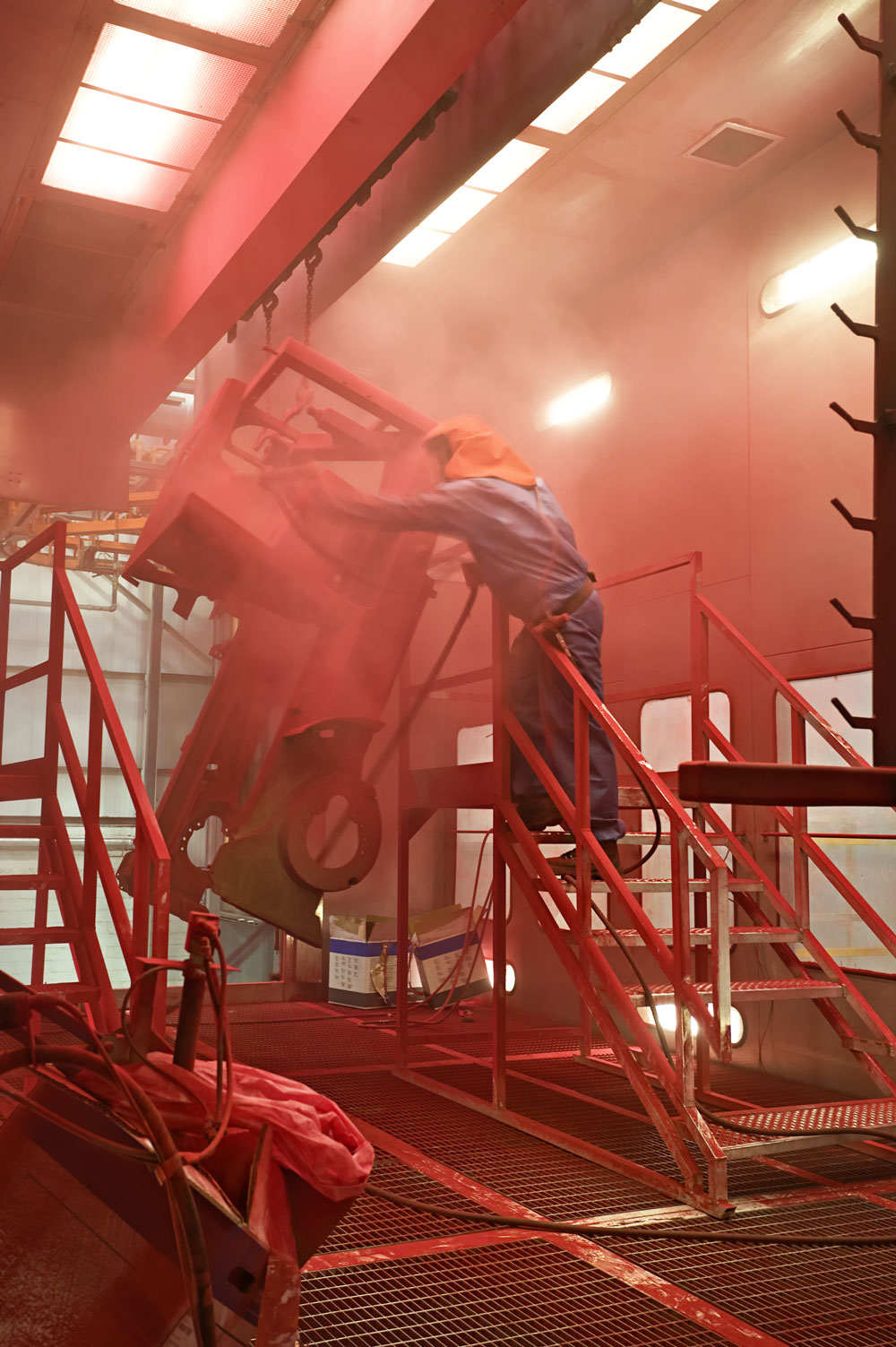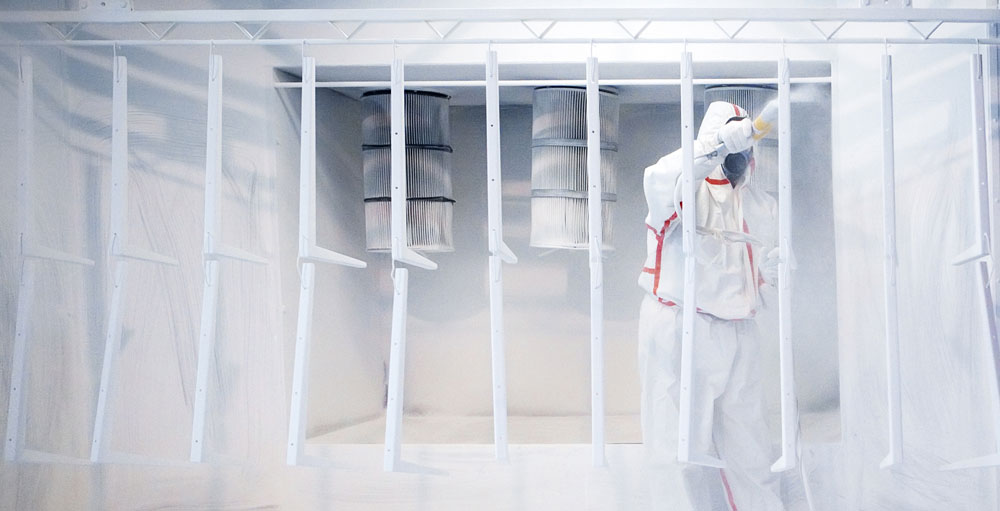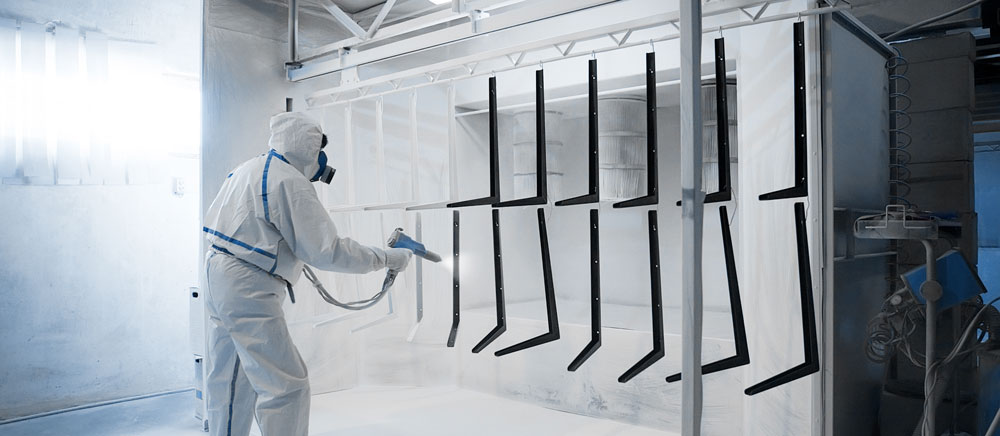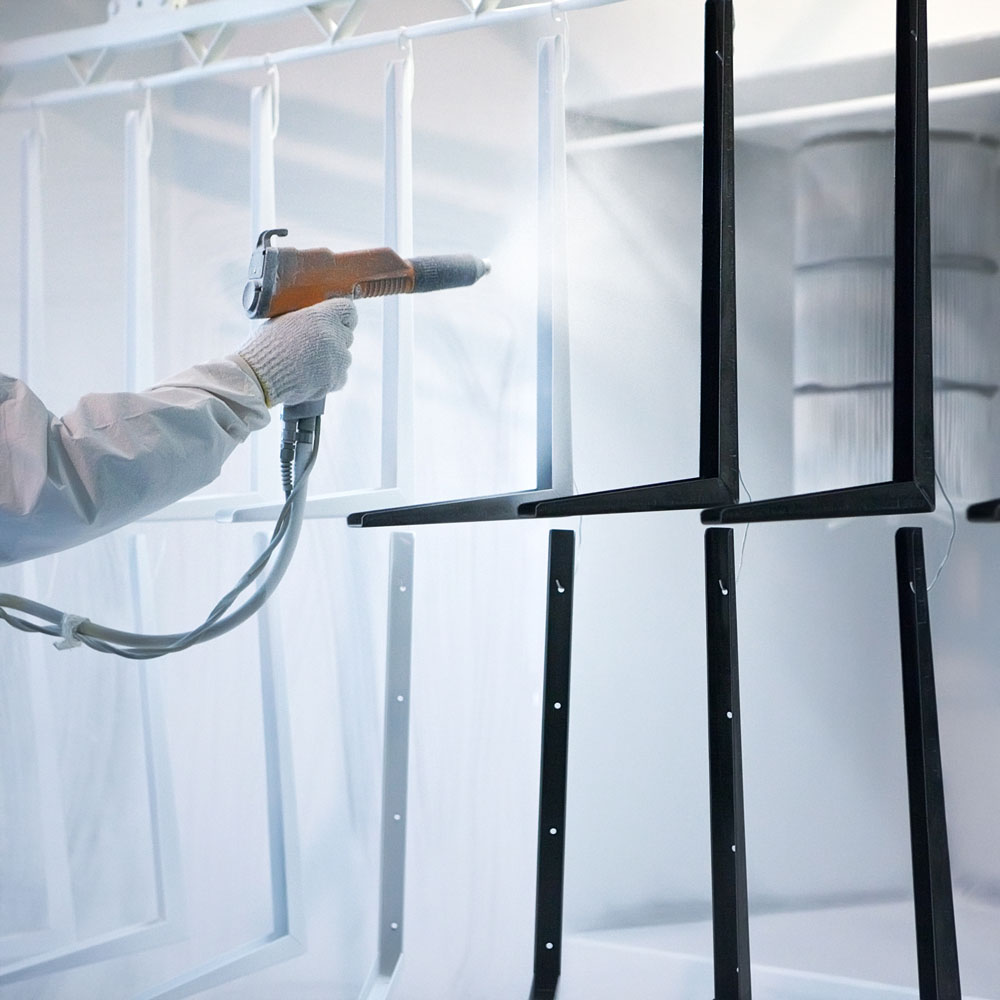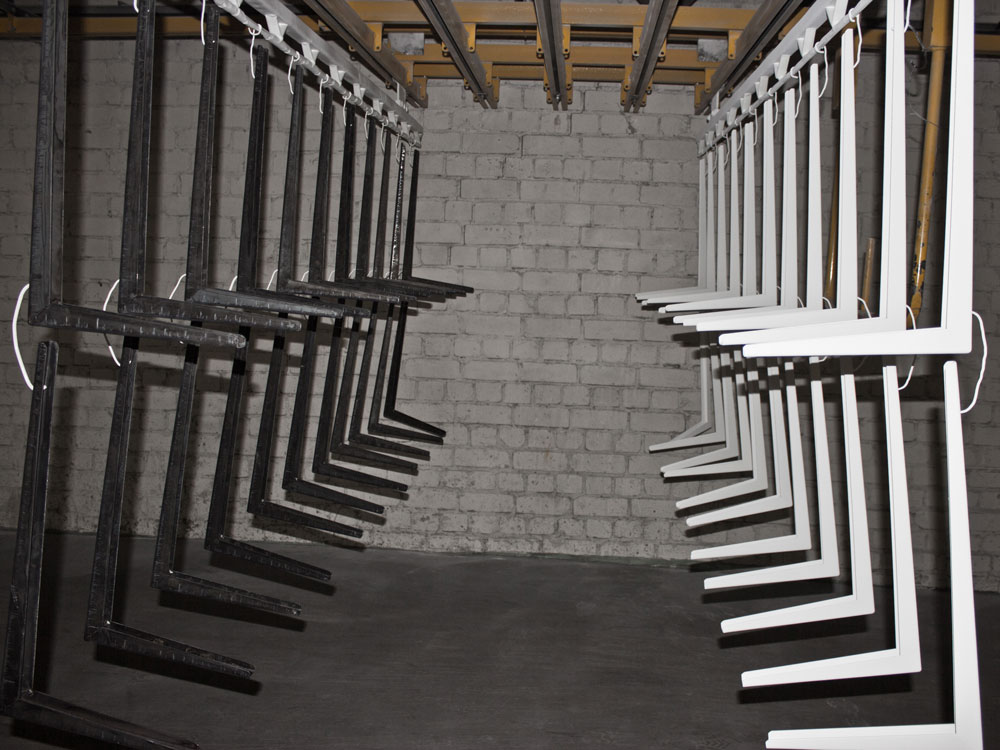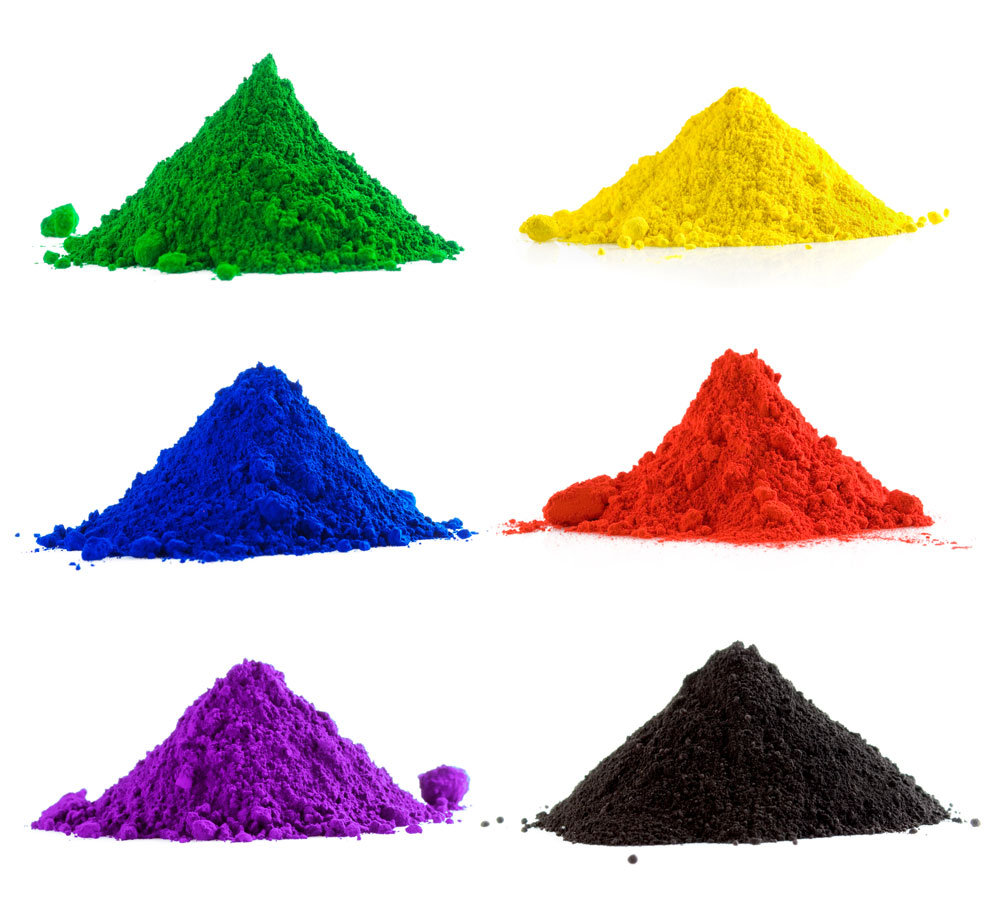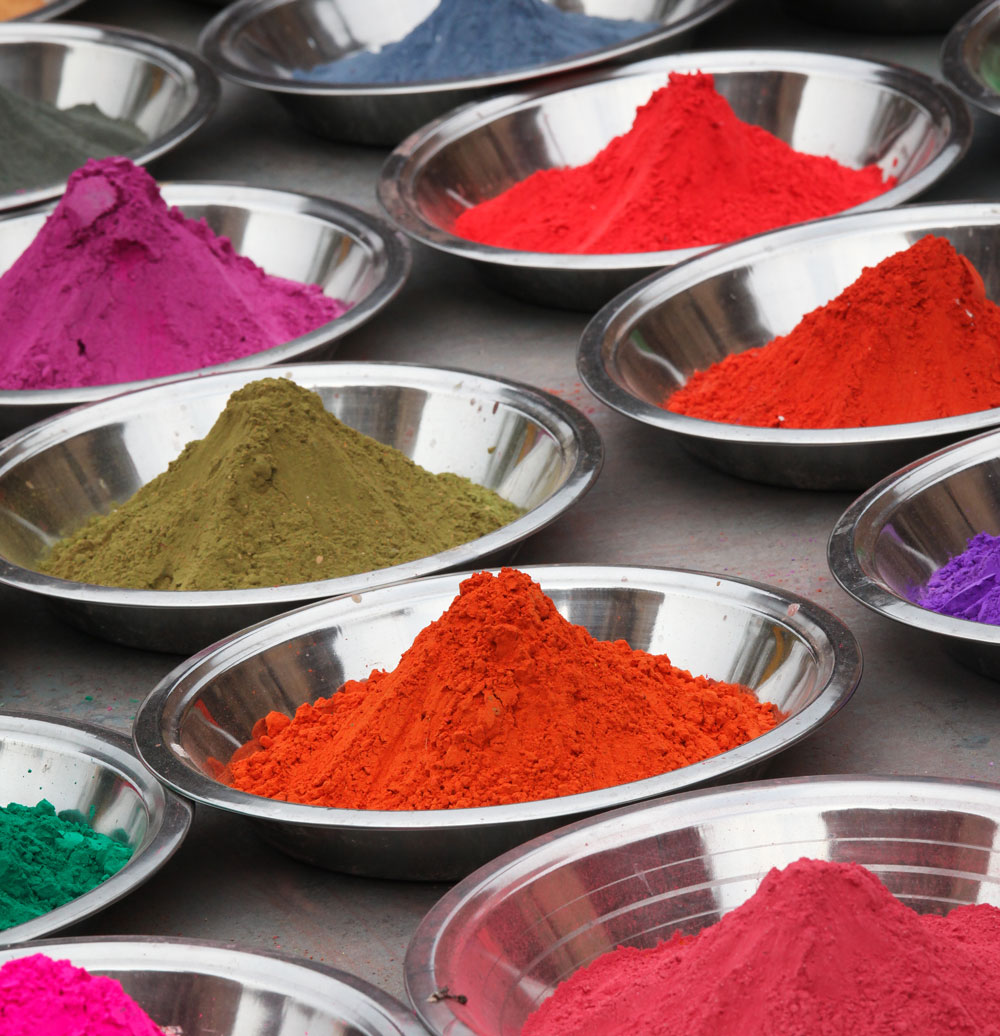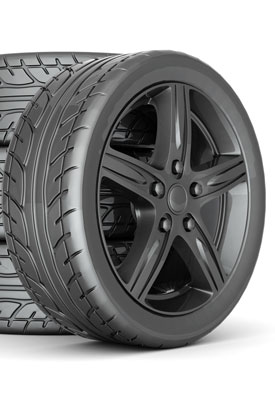WHAT IS POWDER COATING?
Powder coating is a type of coating that is applied as a free-flowing, dry powder. The main difference between a conventional liquid paint and a powder coating is that the powder coating does not require a solvent to keep the binder and filler parts in a liquid suspension form. The coating is typically applied electrostatically and is then cured under heat to allow it to flow and form a "skin". It is usually used to create a hard, flexible finish that is much tougher than conventional paint. Powder coating is mainly used for coating of metals, such as household appliances, outdoor patio furniture, aluminum extrusions, and automobile and bicycle parts.
Many believe that powder coating only comes in a few colors. This is not true; in fact, powder coating comes in a vast array of not only colors, but textures and gloss levels as well. From a flat, anti-gloss finish to a textured anti-slip coating for safety, the powder coating options are endless for your very important product.
ADVANTAGES OF POWDER COATING
There are several advantages of powder coating over conventional liquid coatings:
- Powder coatings produce much thicker coatings than conventional liquid coatings without running or sagging.
- Powder coated items generally have fewer appearance differences between horizontally coated surfaces and vertically coated surfaces than liquid coated items.
- A wide range of specialty effects is easily accomplished which would be impossible to achieve with other coating processes.
- Properly treated substrates can provide vastly superior adhesion rates compared to liquid paint.
- Powder coatings emit zero or near zero volatile organic compounds (VOC).
- Powder coating overspray can be recycled and thus it is possible to achieve nearly 100% use of the coating.
- Powder coating production lines produce less hazardous waste than conventional liquid coatings.
- Capital equipment and operating costs for a powder line are generally less than for conventional liquid lines.
